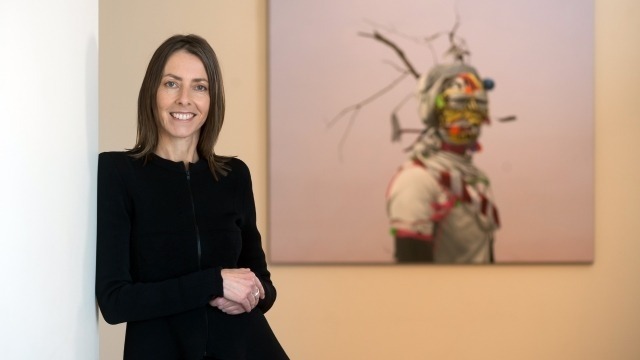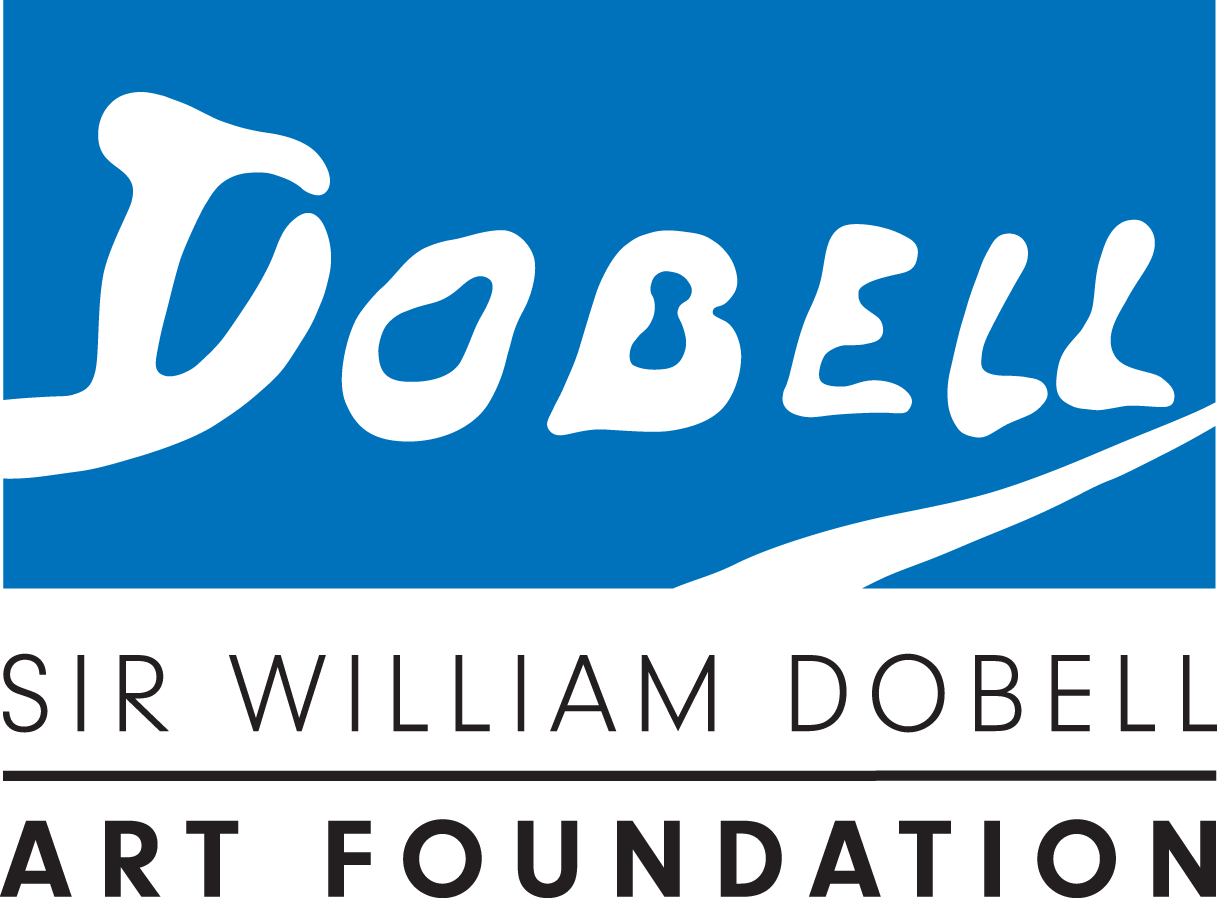Dobell The Artist
One of Australia’s most notable artists, Sir William Dobell had humble beginnings. He grew up in Newcastle, New South Wales, the last of seven children born to a working class family. As a child he had always wanted to draw and left school at the age of 14 to attend technical college and improve his drawing skills. At 17 he secured an apprenticeship with a local architect in order to harness his exceptional talent. He relocated to Sydney in 1924 to take up a job with Wunderlich as an architectural draughtsman, attending the Sydney Art School in the evenings. From those modest and determined foundations he went on to become one of Australia’s most notorious artists. Famously he won the Archibald Prize in 1943 with his Mr Joshua Smith – a decision that resulted in a much publicised court case – after which he retreated to his family home in Wangi Wangi, New South Wales.
– Foreword to Discovering Dobell, by Christopher Heathcote, Wakefield Press and Tarrawarra Museum of Art, 2018.

“William Dobell, 1942, Photograph by Max Dupain”
Bill Dobell is indeed suspect in the eyes of the avant-grade painters. He paints portraits, almost a dirty word nowadays when a great deal of art has done its best to dispense with the human image in any shape or form. He simply is not interested in abstract-expressionism, in neo-dada or assemblage, in collage or frottage, in constructivism, orphism or surrealism, in burning or dribbling or cutting or slashing, in blow torch techniques or PVA. He is primarily interested in human beings.
William Dobell: National Art School teacher, WW2 camouflage artist and three time winner of the Archibald Prize
Although a reserved and unassuming man, William Dobell’s two years teaching at the National Art School had a profound effect on his students. Many describe his love for drawing, and his outstanding draughtsmanship was apparent when he demonstrated drawing in his classes at NAS.
Dobell moved to Sydney in 1924 to study at the Julian Ashton Art School, where he met many artists who would later teach at the National Art School. In 1929 he won the Society of Artists Travelling Scholarship and lived in London for ten years, painting and studying at the Slade School of Fine Art. When his scholarship ran out after three years, he supported himself by producing posters and illustrations for magazines, acting as an extra in films, and working with fellow Australian artists decorating the Empire Exhibition in Glasgow in 1937.
On his return to Sydney in 1939 his friend Douglas Dundas offered him a part time teaching position at East Sydney Technical College (now the National Art School). He taught drawing from nature, costume drawing and became highly respected as the ‘life master’, teaching life drawing in the studios on the top floor of building 16. He taught at NAS until 1941, when he left to work as a camouflage artist during WW2. After the war, Dobell occasionally filled in as a lecturer at NAS, teaching the students studying there under the Commonwealth Reconstruction Training Scheme.
In 1943 Dobell won the Archibald Prize, Australia’s principal award for portraiture, for a painting of fellow artist and former NAS student Joshua Smith. The award was immediately challenged on the grounds that Dobell’s entry showed a degree of distortion, which made it a caricature rather than a true portrait, but the court upheld the judging panel’s decision. Resultant newspaper publicity greatly expanded interest in Dobell’s work, but as a result of the controversy Dobell withdrew to Wangi Wangi, a small coastal town north of Sydney, where he set up a studio. He won the Archibald Prize twice more, in 1948 with a portrait of former NAS student Margaret Olley, and in 1959 with a portrait of Dr Edward McMahon. Dobell continued to draw all his life, filling sketchbooks and recording the life and people of Wangi Wangi. He was knighted in 1966 and died on May 14, 1970.
Works by William Dobell in the Art Gallery of NSW Collection
William Dobell: The man and his work.
Lorraine Kypiotis.
Lorraine Kypiotis is a Lecturer at the department of Art History and Theory at the National Art School, Sydney. William Dobell: The man and his work is proudly supported by the Sir William Dobell Foundation.

Sir William Dobell Annual Lecture 2019
Karen Quinlan AM
Theatrette, Sir Roland Wilson Building, ANU | 22 May 2019.
Karen Quinlan AM has been the Director of the National Portrait Gallery since December 2018. Karen commenced her curatorial career in 1994 at the National Gallery of Victoria before becoming Curator of the Bendigo Art Gallery in 1996. Karen served as the Director of the Bendigo Art Gallery from 2000 until 2018 and was instrumental in working with international cultural institutions, attracting high profile exhibitions to regional Victoria including the current exhibition, Tudors to Windsors from the collection of the National Portrait Gallery in London.
Karen was a Professor of Practice and previously Director of the La Trobe Art Institute La Trobe University; a former Trustee of the State Library of Victoria; and Board Member and former Chair of the Public Galleries Association of Victoria. In 2017 Karen was appointed as a board member of the Victorian Foundation of Living Australian Artists, for the National Gallery of Victoria.

The portrait that broke a friendship and divided Australia
Art historian Lorraine Kypiotis on ABC Nightlife.
23 February 2019
The Sir William Dobell Art Foundation has been supporting individual artists and public
institutions for five decades through a wide variety of projects that it initiates directly.
The Foundation is independently financed and accepts donations and bequests.
Please contact us directly should you wish to discuss a donation.
The Foundation is a registered deductible gift recipient (DGR2)
organisation and donations are tax deductible.
The Trust does not invite applications or requests for financial support.
